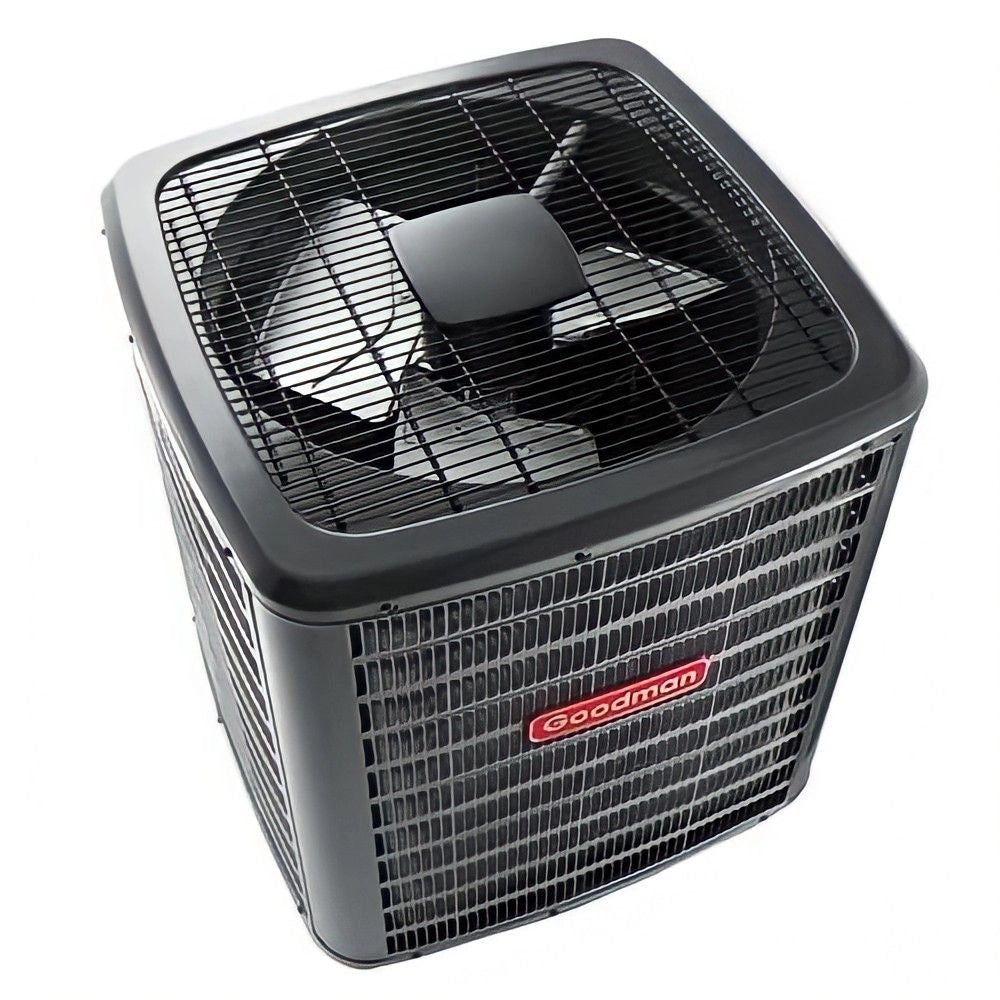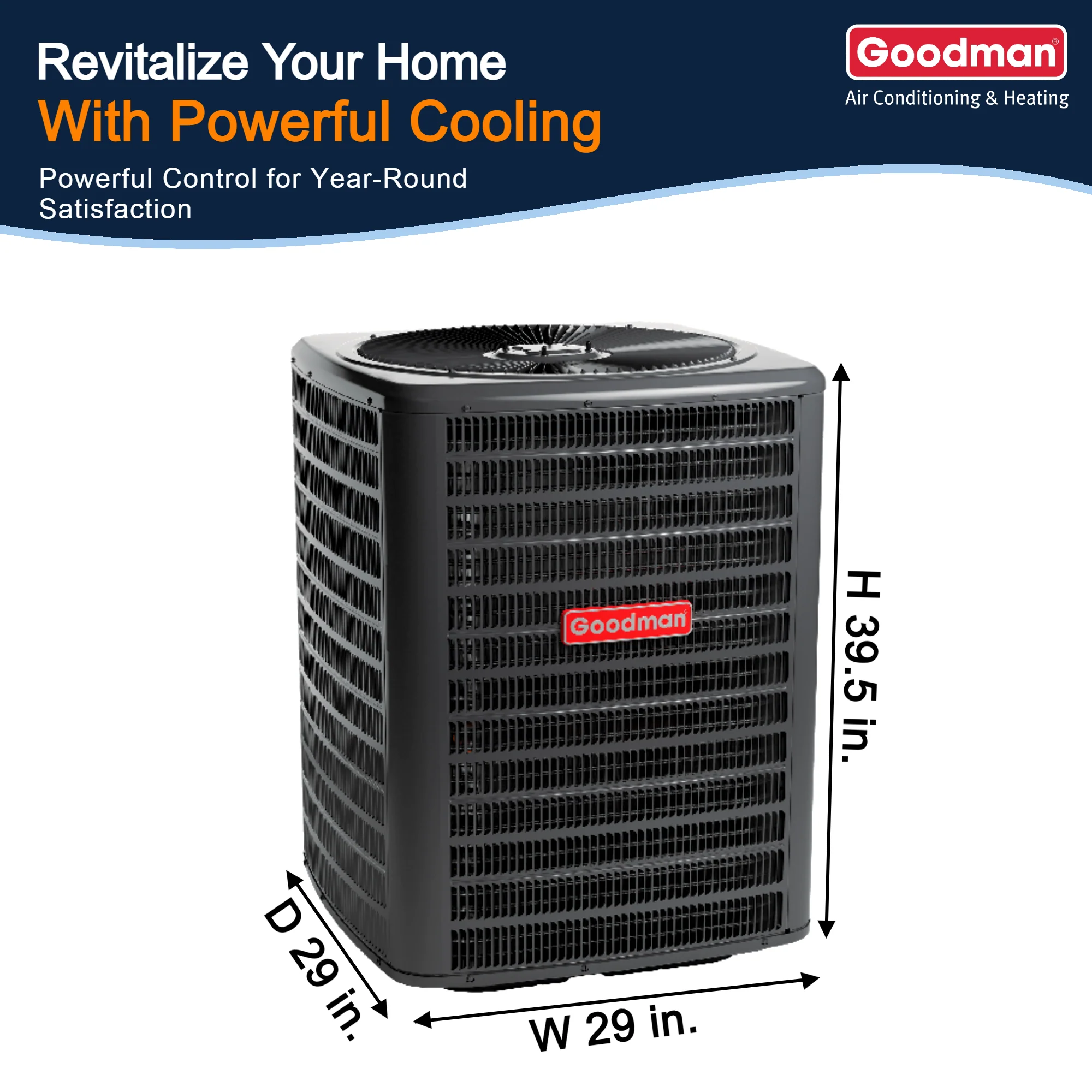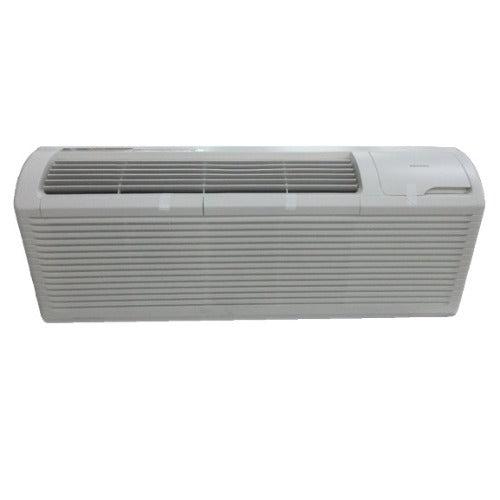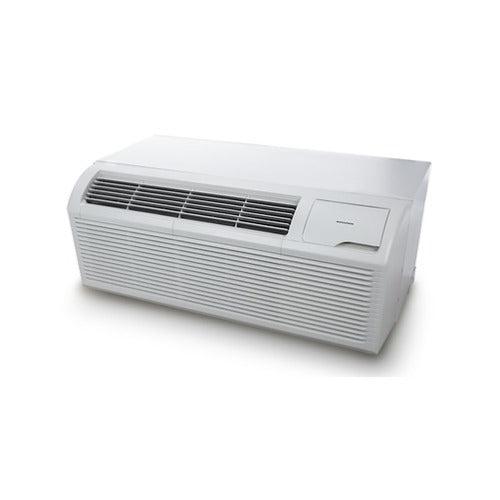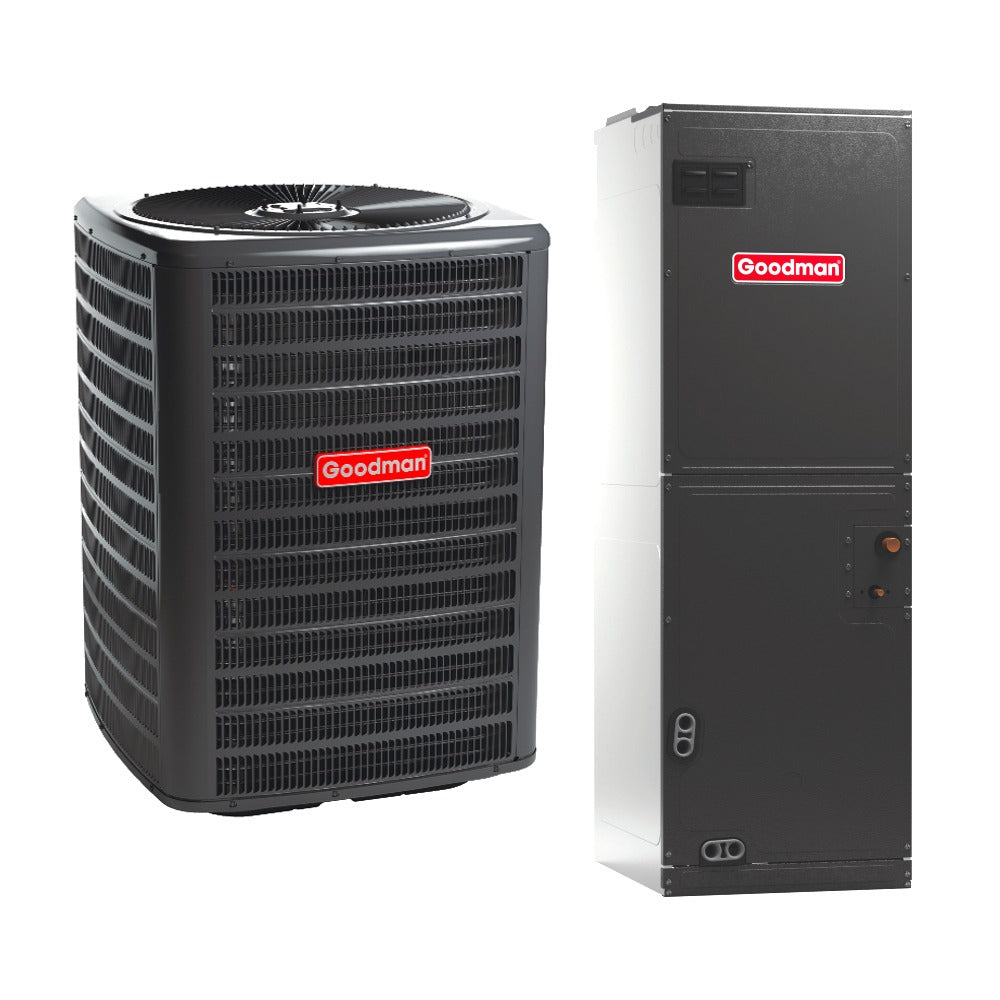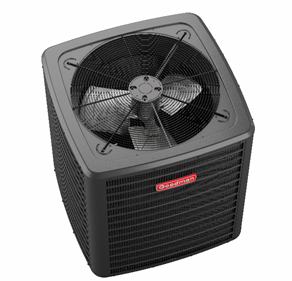As the HVAC industry shifts from R-410A to low-GWP refrigerants, contractors are facing new challenges in 2025. Among these, R-454B stands out as the most commonly adopted replacement. But its mildly flammable classification (A2L) and associated code requirements mean that installation procedures are far more complex than many realize.
This guide explains everything HVAC professionals need to know about installing R-454B systems safely, legally, and profitably this year.
1. R-454B: Understanding the Refrigerant
R-454B is a hydrofluoroolefin (HFO) blend with a GWP of approximately 466—roughly 78% lower than R-410A. It has been adopted by leading manufacturers like Trane, Carrier, and Bryant as the default refrigerant for new residential split systems.
Its A2L classification by ASHRAE means it is non-toxic but mildly flammable, which affects where and how it can be installed. Contractors must be trained and equipped to work with it under current building and fire codes.
2. Licensing and Training Requirements
To legally handle and install R-454B in most U.S. jurisdictions, contractors must:
-
Be EPA Section 608 certified
-
Complete manufacturer-specific A2L safety training
-
Follow NFPA 70, UL 60335-2-40, and International Mechanical Code updates
AHRI and ACCA offer certification and online training for safe handling of A2L refrigerants.
3. Installation Site Considerations
Contractors must now evaluate:
-
Ventilation and airflow in mechanical rooms
-
Minimum room sizes for equipment using A2L refrigerants
-
Ignition source proximity, such as gas furnaces, outlets, or pilot lights
According to ASHRAE safety standards, all R-454B systems must be installed with leak detection or airflow mitigation strategies in certain confined spaces.
4. Tools and Equipment Compatibility
Many standard tools used for R-410A are compatible with R-454B. However, key upgrades include:
-
A2L-rated leak detectors
-
Vacuum pumps and gauges rated for mildly flammable refrigerants
-
A2L-compatible recovery machines and cylinders (marked with red bands)
Emerson’s A2L tool guide is an excellent reference for retrofitting your service van.
5. Storage, Transport, and Safety
R-454B cylinders must be:
-
Stored upright in cool, well-ventilated areas
-
Transported per DOT guidelines for hazardous materials
-
Marked clearly with flammability warnings
Training employees on hazmat handling is essential. In most states, vehicles transporting more than 440 lbs of A2L refrigerants require placards and manifest documentation.
6. What to Communicate to Customers
Contractors should educate customers about:
-
The environmental benefits of low-GWP refrigerants
-
Why new refrigerants may increase costs initially
-
Their long-term energy savings and rebate potential
States like California and New York offer incentives and tax credits for installing low-GWP systems, which can help offset equipment upgrades.
7. Legal and Insurance Considerations
Some liability insurers now require documentation of A2L refrigerant training. Keeping job site photos, installation checklists, and service logs helps reduce contractor liability.
It’s also essential to review updates to local building codes and fire safety ordinances, which vary by state. The ICC’s model code updates provide a framework that many jurisdictions are adopting in 2025.
8. Key Takeaways for 2025
-
Get trained and certified early to avoid liability and installation delays
-
Upgrade tools and safety protocols for A2L refrigerants
-
Educate your customers on the benefits and changes
-
Stay current with local codes and rebate programs
The move to R-454B is here—and for contractors, it’s both a challenge and an opportunity. Those who adapt quickly will stand out in a competitive, regulation-driven market.

